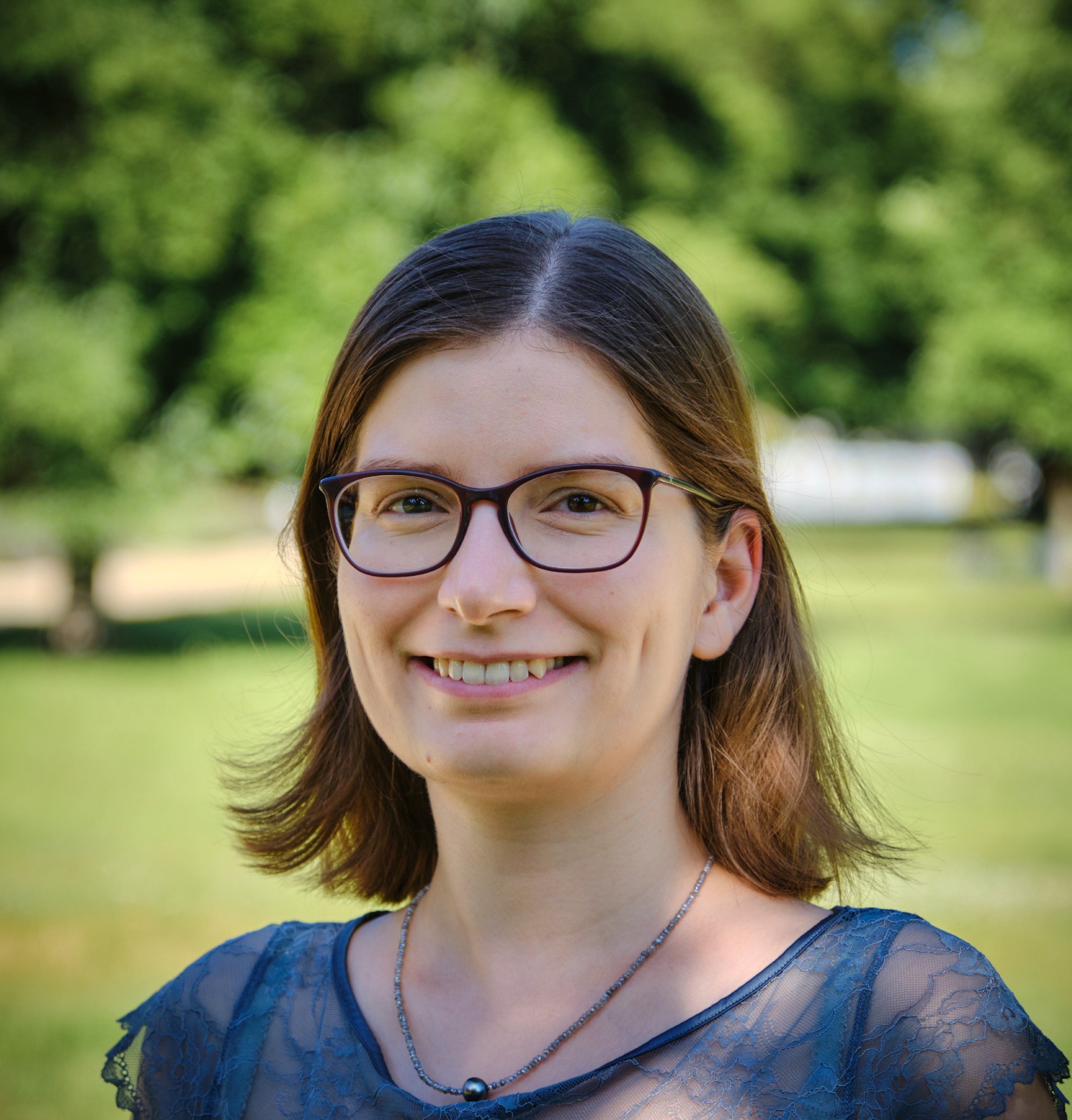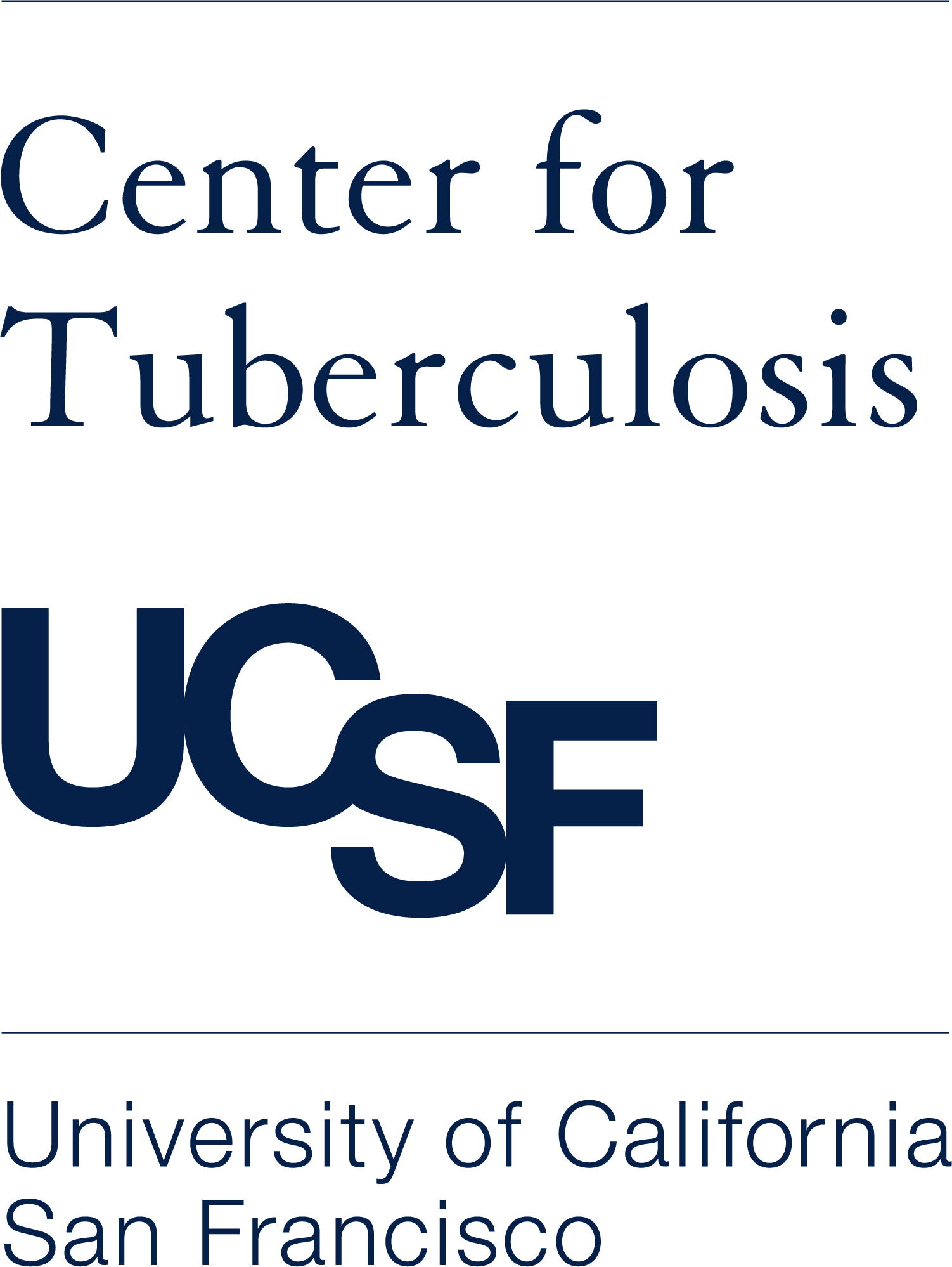
Researcher Spotlight
Postdoctoral Scholar, Cattamanchi Lab UCSF Postdoctoral Fellow, Swiss National Science Foundation
Tell us about yourself and what piqued your interest in TB research?
I am currently a postdoc developing benefit-harm balance models on latent TB treatment. I did my PhD back home in Switzerland. My first contact with TB research happened by coincidence when doing my master thesis on physiologically-based pharmacokinetic modeling: I was studying isoniazid, one of the key drugs to prevent and cure TB. I was able to link the pharmacokinetic model to clinical data on the efficacy and side effects to predict better dosing strategies. In my PhD, I learned more about how to balance benefits (i.e., efficacy) against harms (i.e., side effects and treatment burden) in quantitative models and support individualized decisions. I had always planned to go back and apply these methods to TB, but it became obvious that better decision support is needed for or against preventive treatment when I was suddenly faced with the decision myself. The more I learned about guidelines on latent TB, the more I felt the need to check the benefit-harm balance with my own models and help people get more patient-centered care.
What recent project have you been working on that you’d like to share with us?
I received a postdoctoral fellowship from the Swiss National Science Foundation to do research on who should receive latent tuberculosis treatment. There are two parts to the project: One in a low-incidence setting (here in the US) and one in a high-incidence setting (Sub-Saharan Africa). For the US setting, I am interested in any risk factors for progression or side effects, as well as individuals’ values and preferences. We decided to focus on non-US born persons for a start because there is a huge gap in who is supposed to be screened and treated, and who actually is. For Sub-Saharan Africa, we want to know if people living with HIV should really receive treatment for latent TB without a diagnosis of latent TB.
Tell us about your role in this study/project?
I developed these projects with Adithya Cattamanchi and Priya Shete. I designed patient preference surveys and I am developing quantitative benefit-harm models.
Did anything surprise you while conducting your research?
I had totally underestimated how much the field has moved forward and is still moving forward. When I proposed the research, I thought we would not need to collect much more data on patient preferences. However, newer treatments are safer and much shorter, and there is virtually no up-to-date evidence on patient’s preferences. We are working on patient preference surveys both in the US and in Uganda.
In what way do you anticipate this work will contribute to TB science advancement?
I hope that our work can inform more patient-centered care for TB prevention, and that it can inform guidelines both for high and low incidence settings. For example, I think there must be a threshold of how large the prevalence of HIV and latent TB must be in the population such that there is net benefit for a person with HIV to treat latent TB without a diagnosis.
If applicable, what is your next move after this research is wrapped up? What do you have in the pipeline, or in mind for future research/projects?
I am tempted to go back to my roots and find out more about the pharmacokinetics of TB drugs and how we can and should individualize treatments. Many treatments, in particular the newer shorter treatments, include isoniazid. So, differences in its pharmacokinetics between individuals will continue to play an important role.
More broadly, I am very intrigued by how we can better inform patient-centered care for infectious diseases. The COVID-19 pandemic has very clearly shown that there are important trade-offs between an individual’s interests and the population’s interest. We all want to live without restrictions, but we also all want to be healthy.
More generally, I got interested in how to better design and report clinical trials so they yield more useful evidence to inform guidelines and policy. I have recently published an opinion paper on this, and I would love to try out some of my ideas on an actual clinical trial.
If you could direct funding sources to any element of TB research, where would you invest? Why?
In the development of a better diagnostic and predictive test for latent TB. There is much debate on what it means to have a positive test result, and many people who get a recommendation to treat latent TB are at low risk of progression. A better test that can more clearly distinguish those who will likely progress and those who will not, would benefit a huge part of the global population. 25% of the population have latent TB, so if we really want to end TB, we will have to eventually address these 25%. I would rather treat only those who need it.
What is one thing you wish funding partners / sponsors understood about TB research?
I think it is easy to forget TB, particularly now with the COVID-19 pandemic. So many resources have been generated to combat COVID-19 and it is stunning what progress can be made in very little time. I hope we can generate common structures to fight pandemics and that we will be inspired by the progress we have seen to invest more in TB.
What lesson or advice would you give your younger self when you initially got into research/medicine?
It is still surprising to me how much people are willing to help. Whether it is for a specific research project or for career advice, complete strangers have done analyses for me or talked to me for an hour. So, my advice is not to be shy—whenever I have reached out, the experience was always very rewarding.
